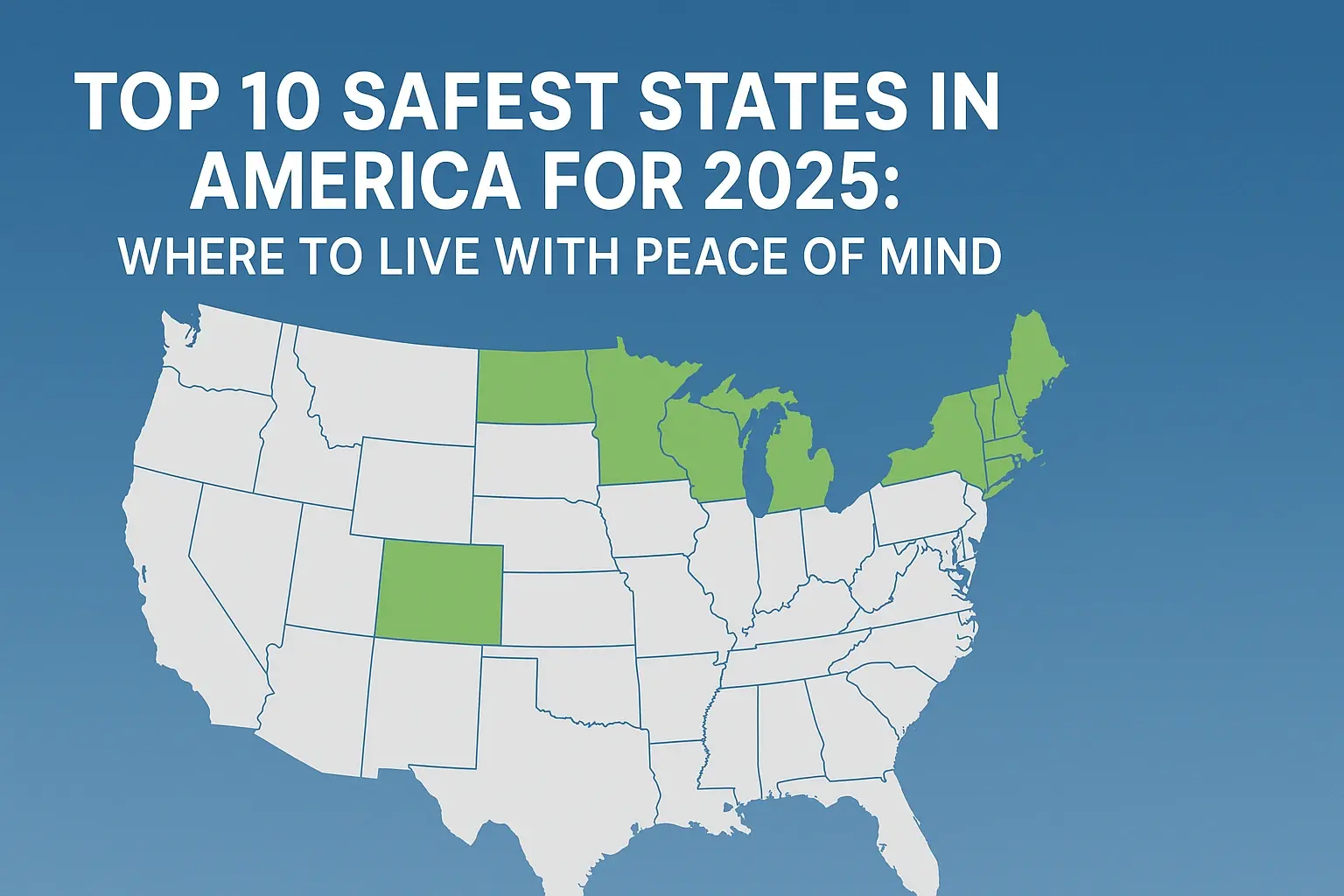A security classification guide is an essential framework for categorizing, handling, and protecting sensitive information within an organization. This comprehensive guide explains what it is, why it's crucial, how it works, and the key components involved in establishing an effective system for safeguarding data in 2025.
In today's rapidly evolving digital landscape, the sheer volume of data generated and processed by organizations is staggering. Protecting this data from unauthorized access, disclosure, alteration, or destruction is paramount. This is where a security classification guide comes into play. Essentially, it's a comprehensive policy and set of procedures designed to categorize information based on its sensitivity and the potential damage that could result from its compromise. This systematic approach ensures that appropriate security controls are applied to different types of data, aligning protection measures with risk levels.
Think of it as a universal language for data security. Instead of treating all information the same, a classification guide helps organizations understand what data needs the highest level of protection, what needs moderate protection, and what can be more openly shared. This not only enhances security but also optimizes resource allocation, ensuring that valuable security investments are focused where they are most needed.
Why is a Security Classification Guide Essential in 2025? The Imperative for Data Defense
The year 2025 presents a unique set of challenges and opportunities for data security. The proliferation of remote work, the increasing sophistication of cyber threats, and the growing volume of sensitive data (including personal data, intellectual property, and financial information) make a robust security classification system more critical than ever. Here's why:
1. Mitigating Data Breach Risks and Financial Losses
Data breaches are not just inconvenient; they are financially devastating. According to IBM's 2024 Cost of a Data Breach Report, the average cost of a data breach reached an all-time high of $4.45 million globally. A well-defined security classification system helps prevent breaches by ensuring that highly sensitive data is adequately protected, thus reducing the likelihood and impact of such incidents.
2. Ensuring Regulatory Compliance
Governments worldwide are enacting stricter data privacy regulations. In 2025, compliance with frameworks like GDPR, CCPA, HIPAA, and emerging national data protection laws is non-negotiable. A security classification guide is fundamental to demonstrating due diligence and meeting compliance requirements, as it provides a clear framework for handling regulated data appropriately.
3. Protecting Intellectual Property and Competitive Advantage
For many businesses, intellectual property (IP) is their most valuable asset. This can include trade secrets, proprietary algorithms, product designs, and strategic plans. Unauthorized access to this information can erode competitive advantage. Classification ensures that IP is identified and protected with stringent measures.
4. Enhancing Operational Efficiency
When everyone understands how to handle different types of information, operations become smoother. Employees know what data they can access, share, and store without compromising security. This clarity reduces confusion, minimizes the risk of accidental data exposure, and streamlines workflows.
5. Building and Maintaining Trust
Customers, partners, and stakeholders entrust organizations with their data. A demonstrated commitment to protecting this data through a formal classification system builds confidence and strengthens relationships. In 2025, transparency and robust security practices are key differentiators.
Key Components of a Robust Security Classification Guide
A comprehensive security classification guide isn't just a document; it's a living framework. It typically includes the following essential components:
1. Clear Definitions of Classification Levels
This is the cornerstone. The guide must clearly define each classification level (e.g., Public, Internal, Confidential, Restricted) with specific criteria for what type of information falls into each category. Definitions should be unambiguous and easy to understand.
2. Roles and Responsibilities
Who is responsible for classifying data? Who approves classifications? Who enforces policies? The guide must outline the roles and responsibilities of all stakeholders, from data owners and creators to IT security personnel and end-users.
3. Classification Procedures
Detailed step-by-step instructions on how to classify new data, reclassify existing data, and declassify data when it's no longer sensitive. This includes guidance on the tools and methods to be used.
4. Handling and Protection Requirements
For each classification level, the guide must specify the required security controls. This covers aspects like:
- Access Control: Who can access the data?
- Storage: Where and how should it be stored securely?
- Transmission: How can it be shared internally and externally?
- Disposal: How should it be securely destroyed when no longer needed?
- Encryption: When is encryption mandatory?
5. Training and Awareness Programs
Effective implementation relies on employees' understanding of the system. The guide should mandate regular training sessions to educate staff on classification policies, procedures, and their individual responsibilities.
6. Review and Update Mechanism
The threat landscape and organizational needs change. The guide must include a process for periodic review and updates to ensure its continued relevance and effectiveness.
How Security Classification Works: A Step-by-Step Approach
Implementing a security classification system involves a structured process. While specifics can vary by organization, the general steps are as follows:
- Identify and Inventory Data Assets: The first step is to understand what data your organization possesses. This involves creating an inventory of all data types, where they are stored, and how they are used.
- Define Classification Levels: Based on potential harm and business impact, establish clear classification categories. This typically involves a tiered system, such as Public, Internal Use Only, Confidential, and Restricted/Highly Confidential.
- Assign Classification to Data: Data creators or owners are responsible for assigning a classification level to new data as it's generated. For existing data, a reclassification effort may be necessary. This decision should be based on the defined criteria for each level.
- Apply Security Controls: Once classified, data must be protected according to the requirements for its level. This means implementing appropriate access controls, encryption, secure storage, and transmission protocols.
- Educate and Train Personnel: All employees must be trained on the classification system, their responsibilities, and the handling requirements for each data level. Regular awareness campaigns are crucial.
- Monitor and Audit: Continuously monitor data access and usage to ensure compliance with classification policies. Regular audits help identify vulnerabilities and non-compliance.
- Review and Update: Periodically review the classification system, policies, and procedures to adapt to new threats, technologies, and business requirements.
Common Security Classification Levels and Examples
While specific terminology can vary, most security classification systems follow a similar tiered approach. Here are common levels and illustrative examples relevant for 2025:
| Classification Level | Description | Handling Requirements | Examples (2025) |
|---|---|---|---|
| Public | Information intended for general public consumption. No harm if disclosed. | No specific restrictions. | Marketing materials, press releases, company website content, job postings. |
| Internal Use Only (or General Internal) | Information intended for use by employees within the organization. Disclosure to external parties could cause minor inconvenience or competitive disadvantage. | Access is limited to employees. Sharing outside the organization requires approval. | Internal memos, employee handbooks, non-sensitive project documentation, and internal training materials. |
| Confidential | Sensitive information whose unauthorized disclosure could cause significant damage to the organization, its customers, or partners. | Strict access controls. Encryption is recommended for transmission and storage. Limited sharing with third parties on a need-to-know basis with NDAs. | Financial reports (unaudited), customer lists, marketing strategies, HR records, internal project plans, and early-stage product development details. |
| Restricted / Highly Confidential | Highly sensitive information. Unauthorized disclosure could cause severe or catastrophic damage, including significant financial loss, legal penalties, or reputational ruin. | Most stringent controls. Access is strictly limited to authorized personnel on a strict need-to-know basis. Strong encryption is mandatory. Secure physical and digital storage. Strict protocols for sharing. | Trade secrets, executive compensation, unreleased financial results, sensitive legal documents, critical intellectual property, personal identifiable information (PII) of executives, merger and acquisition details. |
Implementing and Managing Your Security Classification System
Implementing a security classification system is an ongoing process that requires commitment and a strategic approach. Here are key steps and considerations for effective management:
1. Gain Executive Buy-In
Successful implementation starts at the top. Ensure that senior leadership understands the importance of data classification and actively supports the initiative. Their endorsement is crucial for resource allocation and driving organizational change.
2. Develop a Clear Policy Document
Your security classification guide should be a formal, written policy. It needs to be accessible to all employees and clearly articulate the organization's stance on data security and classification.
3. Conduct a Data Discovery and Inventory
You can't protect what you don't know you have. Use data discovery tools to map out where sensitive data resides across your network, cloud environments, and endpoints. This inventory is vital for effective classification.
4. Implement Data Labeling and Tagging
Make it easy for users to classify data. Implement data labeling tools (often integrated with document creation software) that allow users to tag files with their classification level. This can be automated to some extent.
5. Integrate with Existing Security Controls
Your classification system should work in tandem with other security measures like access management systems, Data Loss Prevention (DLP) tools, and encryption solutions. For example, DLP policies can be configured to prevent data classified as "Restricted" from being emailed externally.
6. Provide Comprehensive Training
Training is not a one-off event. Conduct initial training for all employees and provide refresher courses annually or as policies are updated. Tailor training to different roles within the organization.
7. Establish an Enforcement and Audit Process
Regular audits are necessary to ensure compliance. This involves reviewing access logs, checking data handling practices, and verifying that security controls are functioning as intended. Non-compliance should have clear consequences outlined in the policy.
8. Plan for Data Lifecycle Management
Data classification should extend throughout the entire data lifecycle, from creation to archival and secure disposal. The guide must specify how data should be handled at each stage.
Challenges and Best Practices for 2025
Implementing and maintaining an effective security classification system isn't without its hurdles. However, by adopting best practices, organizations can overcome these challenges.
Common Challenges:
- User Adoption: Employees may find classification cumbersome or may not fully understand its importance, leading to inconsistent application.
- Data Volume and Complexity: The sheer amount of data and its distributed nature (on-premises, cloud, SaaS) make comprehensive classification difficult.
- Dynamic Data: Data can change classification over time, requiring continuous monitoring and reclassification.
- Legacy Systems: Older systems may not easily support modern data classification and labeling tools.
- Third-Party Data: Managing classification for data shared with or received from external partners can be complex.
Best Practices for 2025:
- Simplify and Automate: Leverage technology to automate classification where possible. Use AI-powered tools that can scan documents and suggest or automatically apply classification labels based on content.
- Focus on User Experience: Make the classification process as intuitive and seamless as possible for end-users. Provide clear, concise guidance and integrate labeling into existing workflows.
- Adopt a Risk-Based Approach: Prioritize the classification of your most critical data assets first. This allows you to gain quick wins and demonstrate value.
- Continuous Training and Communication: Regularly reinforce the importance of data classification through ongoing training, awareness campaigns, and clear communication channels.
- Embrace Cloud-Native Solutions: For organizations heavily reliant on cloud services, utilize the data classification and security features offered by cloud providers (e.g., AWS Macie, Microsoft Purview).
- Regularly Review and Adapt: The threat landscape is constantly changing. Ensure your classification system and policies are reviewed and updated at least annually, or more frequently if significant changes occur.
The Role of Technology in Security Classification
Technology plays a pivotal role in enabling and enhancing security classification efforts in 2025. Modern solutions go beyond manual processes to offer greater efficiency, accuracy, and scalability.
1. Data Discovery and Classification Tools
These tools scan data repositories (on-premises, cloud, SaaS applications) to identify sensitive information based on patterns, keywords, and content analysis. They can automatically tag data with appropriate classification labels, significantly reducing manual effort.
2. Data Loss Prevention (DLP) Systems
DLP solutions integrate with classification labels to enforce security policies. For instance, they can prevent "Confidential" data from being uploaded to unauthorized cloud storage or sent via unencrypted email.
3. Endpoint Security Solutions
These tools can enforce data handling policies on user devices, ensuring that classified data is protected even when accessed offline or in less secure environments.
4. Encryption Technologies
Encryption is a critical control for higher classification levels. Technologies like AES-256 encryption protect data at rest and in transit, making it unreadable to unauthorized parties.
5. Identity and Access Management (IAM)
Robust IAM systems ensure that only authorized individuals can access data based on their roles and the data's classification level, enforcing the principle of least privilege.
6. Security Information and Event Management (SIEM) Systems
SIEM systems collect and analyze security logs from various sources, providing visibility into data access patterns and helping to detect potential policy violations or security incidents related to classified data.
Conclusion
In conclusion, a well-structured security classification guide is not merely a compliance checkbox but a foundational element of a robust cybersecurity posture for any organization in 2025. It provides a clear, actionable framework for identifying, categorizing, and protecting sensitive information, thereby mitigating risks associated with data breaches, regulatory non-compliance, and intellectual property theft. By defining distinct classification levels, assigning clear roles and responsibilities, and implementing stringent handling requirements, organizations can ensure that data is protected commensurate with its sensitivity. The journey involves executive buy-in, comprehensive data inventories, user training, and the strategic integration of technology like automated labeling and DLP systems to streamline processes and enhance effectiveness. Embracing a risk-based approach and committing to continuous review and adaptation are key to navigating the complexities of modern data security. Ultimately, investing in and diligently managing a security classification system empowers your organization to build trust, maintain a competitive advantage, and safeguard its most valuable digital assets in an increasingly threat-laden environment.
FAQs:
1. What is a Security Classification Guide (SCG)?
A Security Classification Guide (SCG) is a document that outlines what information is classified, at what level (e.g., Confidential, Secret, Top Secret), and why. It helps organizations apply consistent classification for national security and sensitive data protection.
2. Why are Security Classification Guides important in 2025?
With evolving cyber threats, increased remote work, and stricter compliance standards, SCGs are essential in 2025 for ensuring only authorized personnel access sensitive data, reducing data breaches and ensuring legal compliance.
3. Who uses SCGs?
SCGs are primarily used by government agencies, defense contractors, and enterprises handling sensitive or classified data, such as in aerospace, cybersecurity, and critical infrastructure.
4. How does a Security Classification Guide help with compliance?
SCGs align with data protection laws (e.g., NIST, CMMC 2.0, GDPR) by offering structured classification and marking rules for controlled information, reducing the risk of mishandling or exposure.
5. What’s the difference between SCG and CUI guidance?
SCG refers specifically to classified national security information, while CUI (Controlled Unclassified Information) guidance covers sensitive but unclassified content. Both are critical in U.S. government data governance.
6. Are SCGs only used in the military or defense sector?
No. While SCGs are most common in defense, other sectors including healthcare, energy, and finance adopt similar guides to manage sensitive information and protect IP.
7. What’s new in SCGs for 2025?
SCGs in 2025 increasingly incorporate AI-driven classification tools, automated access controls, and updated mappings to international standards like ISO/IEC 27001:2022.





